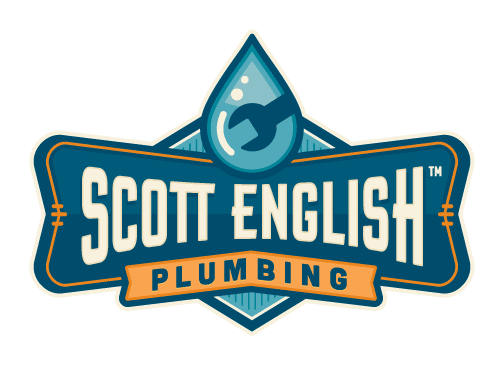How to Flood-Proof your Laundry Room
Do you have a laundry room on the second floor? Are you constantly scared of the possibility of flooding your home? Everything should not be as hopeless as it seems, there are steps you can take to prevent possible water catastrophe from striking your second-floor laundry room. The great thing with these preventive measures is that they do not cost a lot of money or require too much time to do. Take a look at these tips.
Required Materials
Before doing any work, make sure that you have all the materials that you need. Preparing all the materials before starting the work will make things easier and go smoothly. Here are the things to prepare:
- Solder;
- Washer box;
- PVC solvent cement;
- Water line shutoffs;
- Copper pipe;
- Drain assembly;
- 1-inch or 2-inch PVC pipe;
- Discharge hose; and
- Supply hose.
Work Tools
Aside from the required materials to flood-proof your second-floor laundry, you also need the right set of tools to get the job done. Your plumbing work will be a lot easier if the right tools are used. Having the right tools also helps prevent further “accidents” from happening.
- Tape measure;
- Hammer;
- Corded drill;
- Hacksaw;
- Soldering torch;
- Drywall saw;
- 1-inch, or 2-inch spade bit; and
- Circular or reciprocating saw.
Installation of a Washer Box
The important thing to preventing second-floor laundry room flooding is having quick access to the water shutoffs. The best way to do this is to install not just any type of washer box, but a recessed washer box.
The recessed washer box goes directly into the wall just behind your washing machine. This washer box is available at most home centers and allows for connections using shutoff valves for the discharge hose of the washer and the supply hose of the water. The bottom of the washer box should be mounted about the same height as the top of the control panel of the washing machine. This gives you easy access and allows for proper servicing when needed. When buying a recessed washer box, make sure that the shutoff valves are included.
Drains
Ensure all drains are kept clear through regular proactive maintenance and cleaning
Washer Tray
Another way to prevent flooding in your second-floor laundry room is to have a washer tray installed under the washing machine. What does this do? The drain of the tray is not directly connected to the waste line of your home. Therefore, it creates a new and indirect line where the water can be dumped into a laundry tub, outside the wall, or to a floor drain.
The tray should be set tightly against the framing of the back wall and must run down the drywall. This is necessary so that when the washing machine leaks, the water will go to the tray and drained safely away from your home. These washer trays are also available in most home centers.
Hose Health
One of the most common source of leaks that can cause flooding are the supply hoses. This means that taking care of the hoses should be high on your priority list. Older hoses tend to crack, which means they have to be replaced immediately. Keeping those hoses in good shape will prevent unnecessary flooding and taper your water bills.
When in the market for new hoses try to look for no-burst models, which are enclosed in braided stainless steel making them more durable. When using new hose washers, make sure that they are properly connected and hand-tightened to that supply valves and the inlet of the washing machine. After doing a new connection always check for leaks before resuming normal operation of your washer. Be careful when tightening the connections to make sure that they do not crack or the thread gets worn out.
These are good tips to follow to help prevent flooding from your second-floor laundry room. As an extra precaution, always make sure that the water for the supply hoses is turned off. When faced with plumbing problems, call for professional help at (714) 987-9801 or (949) 293-2037.
